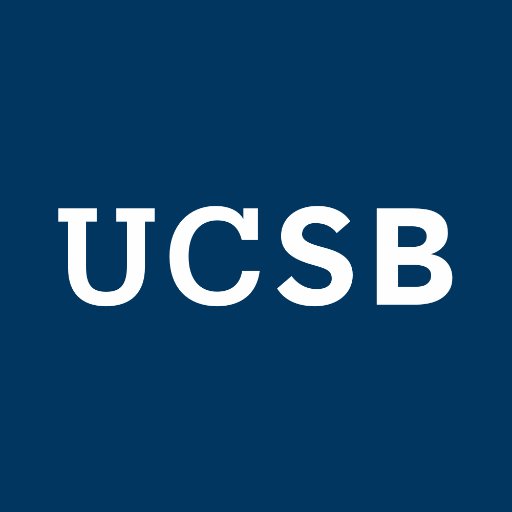
Butler Lab @ UCSB
@ButlerLabUCSB
Followers
357
Following
329
Media
60
Statuses
256
Genome mining for unwinding iron binding. #BioInorganic #Chemistry, #Bioinformatics, #Biosynthesis Student run, opinions our own. IG: butlerlabucsb
Santa Barbara, CA
Joined April 2018
RT @ACSCentSci: Grab ‘n go: siderophore-binding proteins provide pathogens a quick fix to satisfy their hunger for iron!. Read #FirstRxns h….
0
7
0
RT @jenheemstra: Bragging about huge numbers of hours worked each week misses two important truths:.-time at work doesn’t necessarily equal….
0
791
0
RT @ucsantabarbara: .@UCSB_chemistry’s graduate students recently discovered a technique to decipher siderophore's 3D structure. A better u….
0
3
0
"Mentoring: Reflections and Suggestions" -- Don't miss this editorial by Harry Gray, pioneer of #bioinorganic chemistry. Alison is a proud member of Gray Nation!.
0
0
2
We're lucky to have Rich in our department!.
Working with just his hand and a very hot flame, #UCSB's in-house glassblower Richard Bock shares his expertise on this niche profession.
0
0
2
#UCSB colleagues, sign ups are open for the 2019 Out List! Please consider coming out as member of the LGBTQIA community, or even as a supporter. Visibility matters!. @ucsantabarbara @ucsb_rcsgd .
0
0
2
RT @Chemjobber: When you finish a PhD in chemistry they take you in a special room and tell you that tenure-track professorships aren't rea….
0
64
0







